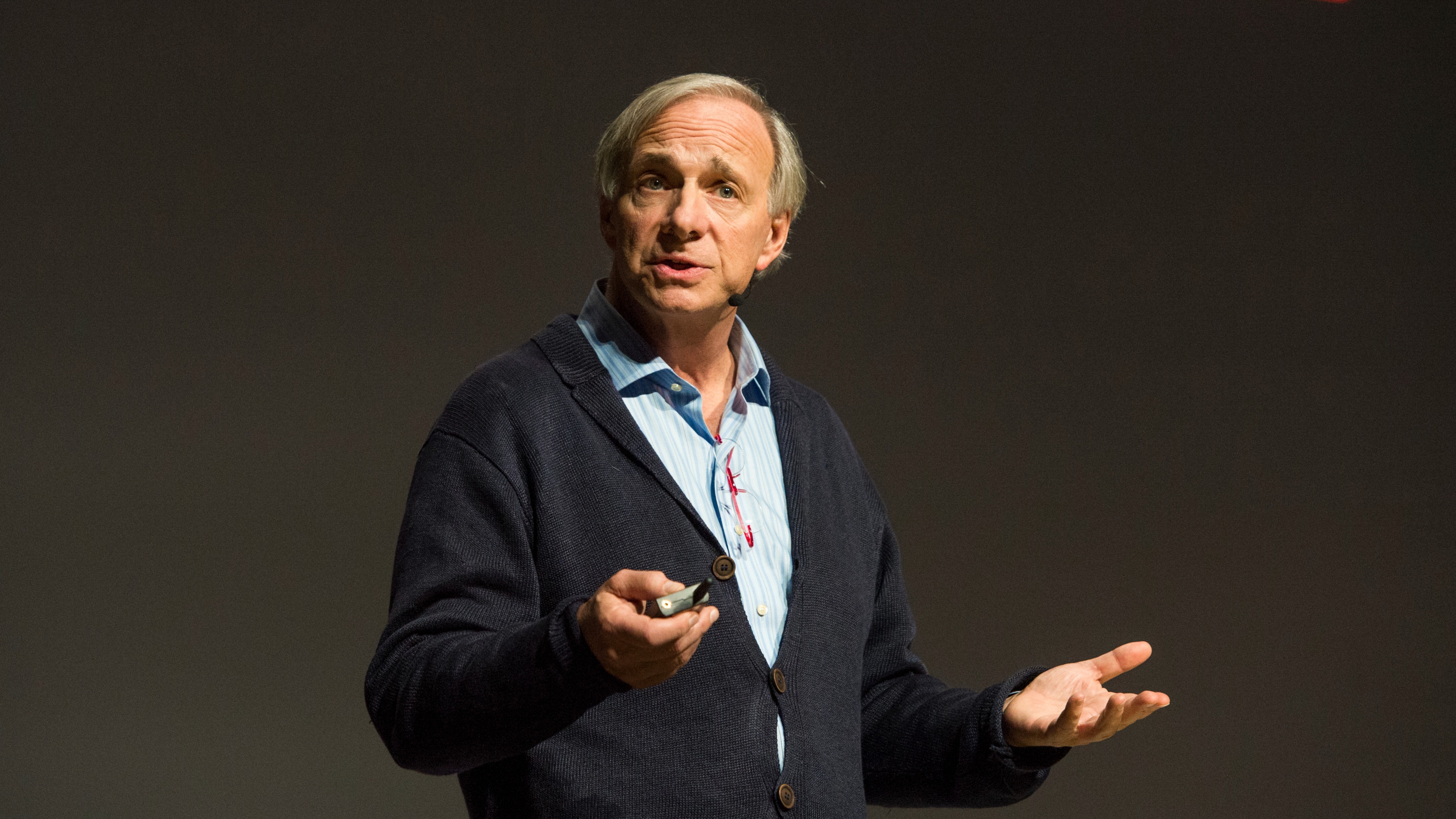
Digital expansions, cost-cutting, and regulatory issues remain key themes for European banks in the most recent quarter. In keeping with general trends for banks globally, European banks continue to invest in digitalisation and slim down their physical presences around Europe.
As indicated by EU banks’ restructuring plans, which aim to cut costs in the environment of lower interest rates and declining net interest margins (NIMS), European banks closed over 9,000 branches last year and shed 50,000 staff, according to data published by the European Banking Federation, or EBF. The total number of bank branches in the EU was 189,270 in 2016, a decline of 4.6% when compared with the previous year.
Morningstar equity analysts expect continued branch closures and gradual reduction in full-time employees until 2020, as many of the banks under our coverage are going digital and investing in fintech startups. According to the EBF report, there were 6,596 lenders across the European Union, nearly 25% of which are in Germany. We rate the German banking system as “fair” - one step above poor - as it is home to around 1,700 banks, which makes the sector heterogeneous, interconnected, and highly fragmented.
Finally, Nordea (NDA) has reached a decision to move its headquarters from Stockholm to Helsinki in the banking union area, due to the heavy regulatory burden imposed by the Swedish financial supervisory authority. As a result, we believe Europe’s Single Supervisory Mechanism, or SSM, has now proved itself to be a widely respected supervisor.
As it stands, while we do not expect such a move from other banks in the immediate term, Denmark may have to consider joining the SSM in the near term to become more attractive for other players. We view Nordea moving its headquarters as neutral to its intrinsic value, and so we maintain our narrow moat and stable moat trend ratings for the bank. We believe lower regulatory costs will be a long-term positive for the firm’s P&L.
Signs of increased competition from fintech firms versus mainstream banks have been much discussed during the quarter. Sweden-based Klarna, one of the largest fintech groups - with 60 million customers and €13 billion in transactions - gained a banking license; it aims to become a Ryanair of banking across Europe. Klarna has a large market share across the Nordic countries and Germany.
In the long run, we expect higher levels of collaboration between fintech companies and retail banks, as well as investment from major banks in fintech companies, as we saw with US investment bank Goldman Sachs (GS). Goldman Sachs made its first investment in the British consumer lender market by investing £100 million in Neyber, a fintech company providing loans that are repaid directly from customer salaries.
European Insurance Sector
We believe the emerging theme for European Insurers is asset management. We have seen several business developments in this area over 2017. These businesses are trying to combat the headwinds from sales of index-linked products and ETFs, as well as the low rate environment.
Generali (G) unveiled European asset management plans on May 11 this year to tackle two strategic objectives: 1. Broaden and deepen investment capabilities and product offering; 2. Accelerate growth and transform by pursuing a focused distribution strategy. This was aimed at insurance and individual clients.
Generali is essentially looking to move up the scale in terms of asset allocation margin and match real assets with its liabilities. The target is a trebling of the net result by 2020. And in terms of distribution, retail clients will be served by a central retail distribution team for bank channels, IFAs, and wealth management platforms in Europe.
Around the same time, May 2017, AXA (CS) announced plans to spin off its US businesses. This includes AllianceBernstein, which manages $500 billion in assets under management, as well as the US Life and Savings business. Though announced due to a change in management, we believe this was an underperforming business unit, and this IPO will essentially give the overall group greater room to operate under the differing capital regimes.
Following on from this, most recently (September 2017), AXA Investment Managers have been linked to a potential merger with Natixis. Another historically fairly poorly performing AXA asset manager, we believe this action might be taken to bolster the business unit against the rising scale within the European asset management landscape. This rising scale is, for example, resulting from the three broader asset management corporate actions: the merger between Aberdeen Asset Management and Standard Life; Amundi’s acquisition of Pioneer; and the Henderson and Janus tie-up.
Really, AXA IM are most likely also looking to deepen their capabilities. Having made a big absolute-return strategies push in September 2016, on the back of the larger European response to their rising popularity, we believe the business is looking to strengthen its capabilities in providing low volatility, competitive return funds that bring higher fees and serve as a replacement for the increasingly absent with-profit style guarantee funds. And as they aim to limit volatility, they also serve as pseudo downside protection.
Changing Product Environment
Lastly, we have seen Prudential plc (PRU) throw its hat into the ring. In August 2017, the group announced a merger of its underperforming UK businesses, M&G Asset Management, and Prudential UK & Europe, with Anne Richards having been brought in in June 2016 to replace long-time M&G CEO Michael McLintock. A change to business was therefore more likely as McLintock had been a staunch defender of the business unit.
We believe this combination is predominantly motivated by the wish to bring asset management and long-term savings product asset management closer together, particularly in light of the changing product environment. But also to ensure that this is matched with progression in its distribution capabilities, as this is a fast-changing element. The combined entity will invest £250 million to turn the combined unit M&G Prudential into an “efficient, service-led, digitally enabled business.”
What it is really being targeted here is retail investment business, such as ISAs, SIPPS and any other long-term savings business Prudential can easily gain access to. This will be done, similar to AXA IM and Natixis proposal, by bringing together M&G's active management with Prudential UK & Europe’s volatility-adjusted savings and liability-driven investments business.
Overall, there is increasing self-reliance for savings, and digital service is becoming an ever more important part of the distribution landscape. The large operators are teeing themselves up in a similar way to established banks and the advent of Internet banking. Up and coming Internet banks failed because established players adapted their business models rather than allowing the new entrants to disrupt the market.
































